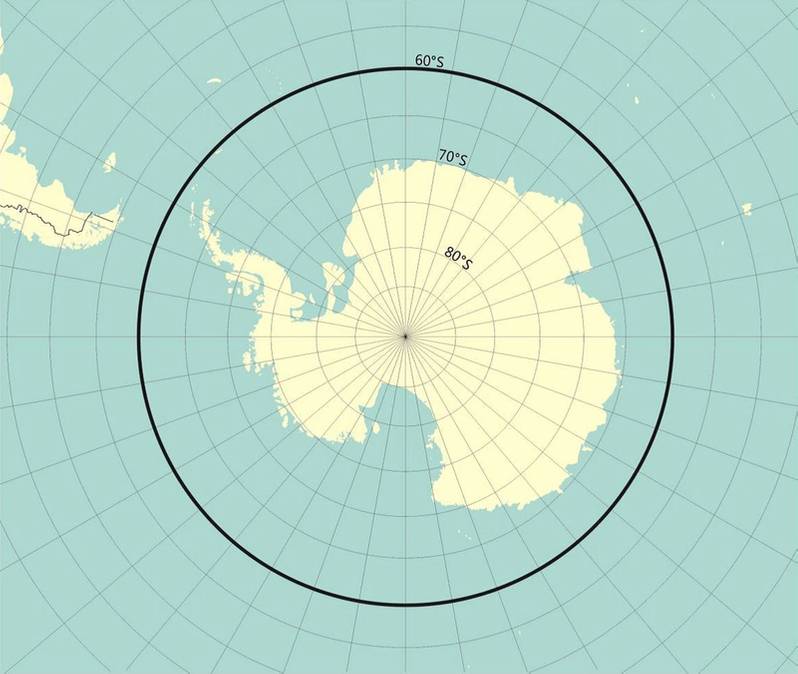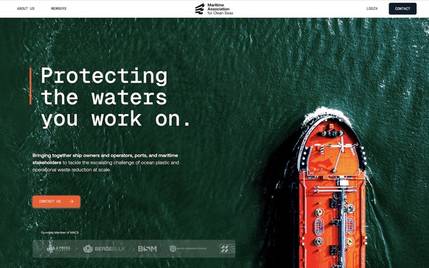The Five Ws (and How) of the IMO Polar Code
Since coming into force, the IMO Polar Code has had a positive effect on maritime operations in polar waters, write Dan Oldford and Ed Moakler, ABS HETC, St. John’s, Newfoundland and Labrador.
What is the Polar Code, When and Why did it come into force?
Polar regions have many unique hazards compared to warmer waters around the world. Since the earliest explorers sought to explore the Arctic and Antarctic by ship, many vessels have been lost due to sea ice, cold air temperatures and ice accretion.
Prior to the Polar Code coming into force there were no international regulations, just local territorial regulations. Starting in 1992, the global maritime community came together at the IMO to develop guidelines for marine operations in Arctic Ice Covered waters. These guidelines evolved to become the International Code for Ships Operating in Polar Waters (Polar Code). The IMO Polar Code came into force January 2017 for new ships, and after the first SLC intermediate survey, statutory under SOLAS, for all existing ships after January 2018.
The Code brings new safety and pollution prevention requirements for vessels operating in Polar waters. The mandatory requirement sections of the Polar Code were brought into force via amendments to SOLAS, MARPOL, and the STCW.
For Who and Where is the Polar Code applicable?
The Polar Code is applicable to all vessels with SOLAS certification that operate in polar waters as defined in the Polar Code. The IMO has recently published mandatory requirements for non-SOLAS vessels (including fishing vessels and yachts), aimed to increase the safety of those vessel’s operations and mitigate environmental impacts in polar waters. The Polar Code defines polar waters, as outlined in the figures below.
At first glance the Polar Code requirements can seem daunting and confusing, however a deeper dive into the requirements and processes reveals that the requirements are easy to understand because the IMO Polar Code is goal-based. South Polar Region. Image courtesy ABS
South Polar Region. Image courtesy ABS
How to meet the requirements of the Polar Code?
Most of the IMO regulations are prescriptive but the Polar Code differs in that it is goal-based. Goal-based standards focus on achieving specific goals and functional requirements so if a hazard (as outlined and defined in the Polar Code) is not applicable to the vessel’s operation, then the requirements related to those hazards are not applied. However, the applicability of each hazard must be proven by the owner/operator.
The general process from the start to ultimately issuing a Polar Ship Certificate can be condensed into four main steps:
- Data Collection – The owner/operator should first determine the ports and routes the vessel will call and sail, including the times of year. The environmental data for each hazard outlined in the Polar Code of the ports and routes needs to be collected. The data must be sufficient to show that it is statistically significant.
- Operational Assessment – After collecting and analysing the data, the owner/operator and key stakeholders must conduct an Operational Assessment (OA). The OA is generally structured like a formal risk assessment, assessing the risk of each hazard within the Polar Code. For those hazards that have a risk higher than the owner’s/operator’s tolerance, risk control measures must be proposed to reduce the risk to an acceptable level. The OA and proposed risk mitigation measures must be ship specific. The mitigation measures can be achieved by meeting the (applicable) prescriptive regulations within the Polar Code.
- After completing the OA and the risk assessments, the OA is formally documented in a report. After determining the risk mitigation measures, the owner/operator must create the Polar Water Operational Manual (PWOM). The PWOM provides the crew and company with guidance for operations within polar waters. The PWOM should advise the crew how to safely operate their specific vessel in polar waters, how to stay within the operational limitations of the vessel and offer additional information in the event that operational conditions go beyond what is expected. As with the OA, the PWOM must be ship specific.
- The OA report and PWOM are typically submitted to the class society that reviews it on behalf of the flag administration so that the hazards listed in the Polar Code are well considered and that all applicable Polar Code requirements are met. Upon confirmation the OA and PWOM meet the requirements, a surveyor will verify the PWOM is available onboard and that it accurately reflects the vessel’s polar equipment. Upon satisfactory completion of the survey, the Polar Ship Certificate (PSC) is issued by the surveyor.
Marine traffic to polar waters such as the North West Passage and Northern Sea Route has been increasing as they become more accessible due to the increase in sea temperatures. It is critical to understand the hazards of an operation in polar waters, to help ensure the safety and security of the vessel, its crew, and the environment.
ABS has the experience and tools to help shipowners plan and execute polar voyages. ABS has helped its clients from start to finish through the Polar Code, ranging from non-ice classed bulk carriers going to Red Dog, Alaska (see the ABS Alaskan Advisory here) to heavy icebreakers performing resupply missions in the high Canadian Arctic and McMurdo station, Antarctica. Reach out to Polar@eagle.org for any ice class or Polar Code needs.
 Ed Moakler is Senior Engineer at ABS Harsh Environment Technology Center. He graduated from Memorial University Newfoundland and Labrador with a Batchelor’s and Master’s degrees in Ocean and Naval Architectural Engineering.
Ed Moakler is Senior Engineer at ABS Harsh Environment Technology Center. He graduated from Memorial University Newfoundland and Labrador with a Batchelor’s and Master’s degrees in Ocean and Naval Architectural Engineering. Dan Oldford is Technology Manager in the ABS Harsh Environment Technology Center. He holds a bachelor’s degree in Ocean and Naval Architectural Engineering, as well as an engineering Master’s degree in Ice Mechanics.
Dan Oldford is Technology Manager in the ABS Harsh Environment Technology Center. He holds a bachelor’s degree in Ocean and Naval Architectural Engineering, as well as an engineering Master’s degree in Ice Mechanics.

















